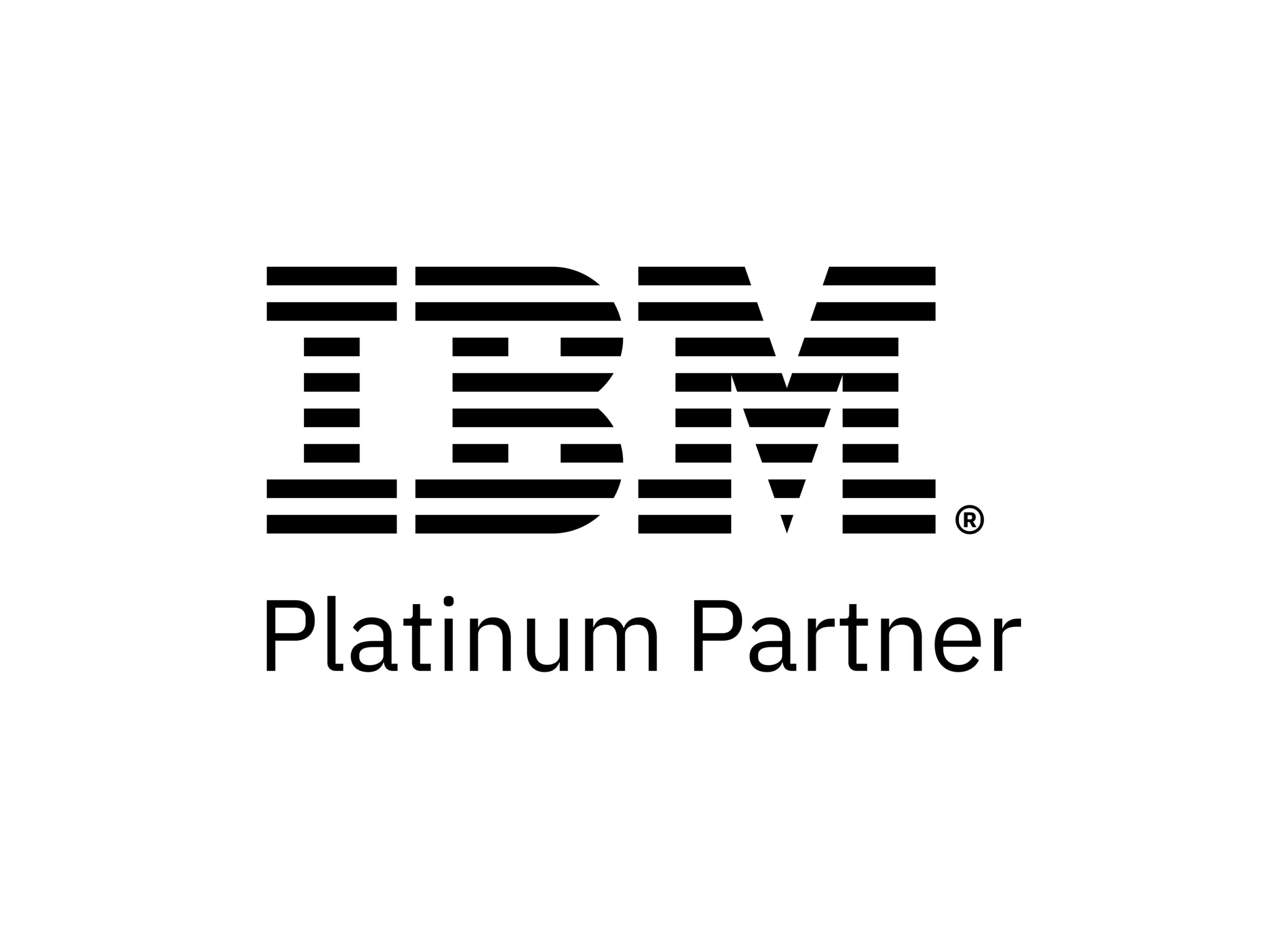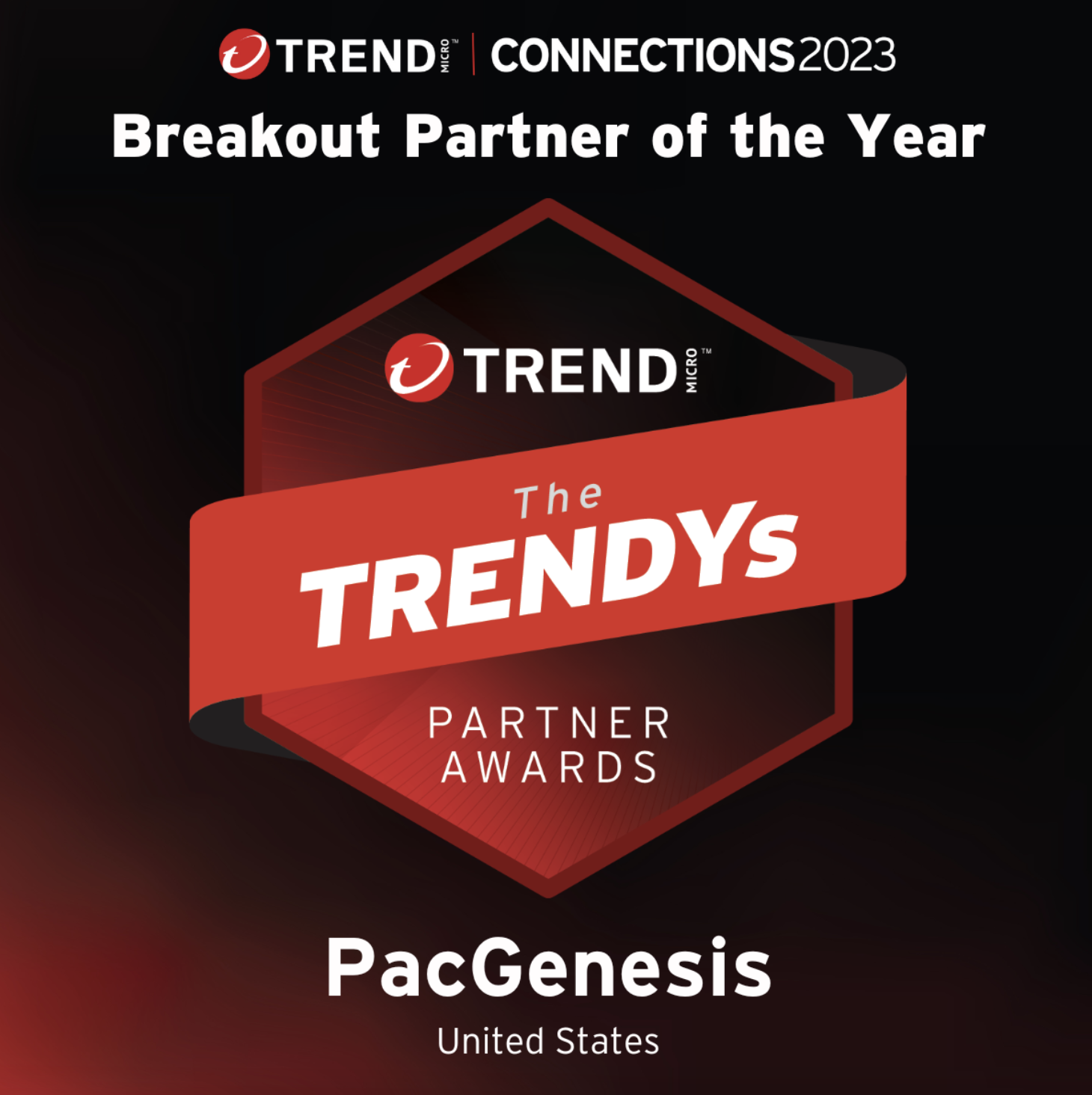What is SFTP (Secure File Transfer Protocol)?

When it comes to secure file transfer, SFTP (Secure File Transfer Protocol) offers a significant improvement over traditional FTP by providing encrypted file transfers through a secure channel established via SSH (Secure Shell). SFTP transfers data over Port 22 and supports robust authentication methods, including public/private key pairs. For businesses handling sensitive data, SFTP ensures secure file delivery between an SFTP client and an SFTP server. However, even SFTP has its limitations—particularly in speed and scalability.
To address these gaps, solutions like IBM Aspera, built on the FASP protocol, offer dramatically faster and more resilient file transfer capabilities. FASP can outperform SFTP by 100x or more, making it a powerful tool for organizations needing high-speed data transfer and collaboration.
Considerations Around SFTP
The fundamental concepts of FTP and SFTP are close in design. Both FTP and SFTP use clients and servers to communicate over the internet; however, when it comes to security and data transfer they are much different. SFTP in comparison to FTP has extra built-in security measures that FTP simply does not. SFTP stands for SSH File Transfer Protocol. This protocol has improvements over FTP, and is designed to include an SSH level data transfer strategy in transit. Furthermore, SFTP can preserve file attributes such as timestamps, which FTP cannot.
Another important consideration around both SFTP and FTP is in the manner in which data is sent. These protocols are built on a sluggish transmission framework known as TCP. TCP sends data in an in-order manner that is dependent on a few initiating acknowledgments between the client and host. Once established, the data is transmitted one packet at a time, always checking for no packet data loss.
What is an SFTP Server?
An SFTP server is a system configured to support secure file transfer over the Secure File Transfer Protocol (SFTP). Unlike traditional FTP servers, an SFTP server operates over Port 22 using SSH (Secure Shell) to establish a secure, encrypted channel for data transmission. This ensures that any file transfer between an SFTP client and the server remains protected from interception or tampering.
SFTP servers support multiple methods of authentication, such as usernames and passwords, or more securely, public key and private key pair-based authentication. These features make SFTP a reliable solution for enterprises looking to implement compliant, encrypted data transfer processes.
A Better Alternative
Aside from SFTP and FTP, other solutions have been developed to fill the gaps where these more traditional data transfer services fall short. IBM’s Aspera has designed a more resilient data transfer solution that is a better fit for today’s technology-focused business.
IBM Aspera FASP Overview
IBM Aspera is built on the data transfer protocol FASP which is built to be up to 100x times faster than traditional FTP. Since FASP is built to perform at speed and scale where FTP falls short, Aspera can be a great solution for technology-focused organizations who are looking for faster and more reliable data transfer and collaboration capabilities.
Speed
As noted above, Aspera built on FASP is designed to be much faster than FTP or SFTP. Below we can use the following example as a good comparison between FTP and FASP.
- 100GB file moved over a 100Mbps network internationally:
- SFTP-based transmission: 100+ hours
- IBM Aspera built on FASP: 2.5 hours
- To move a 10GB file over a 1Gbps line in the US:
- SFTP-based transmission: 10-20 hours
- IBM Aspera built on FASP: 1 minute, 24 seconds
Next Steps
As you work to build a more resilient, fast, and dependable data transfer and data collaboration architecture, consider the benefits of the Aspera solutions built on FASP. If you are looking to learn more about IBM Aspera, or are even interested in some training courses or material to better understand the solution consider reaching out to one of our highly capable team members here at PacGenesis.
About PacGenesis
PacGenesis is an IBM Gold-status Partner. With over 10 years of service in technology solutions, PacGenesis has supported over four hundred customers in its installation and use of leading technology-focused solutions. To learn more about PacGenesis, follow @PacGenesis on Facebook, Twitter, and LinkedIn, or go to www.pacgenesis.com.



